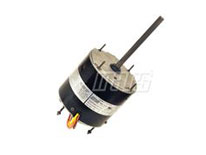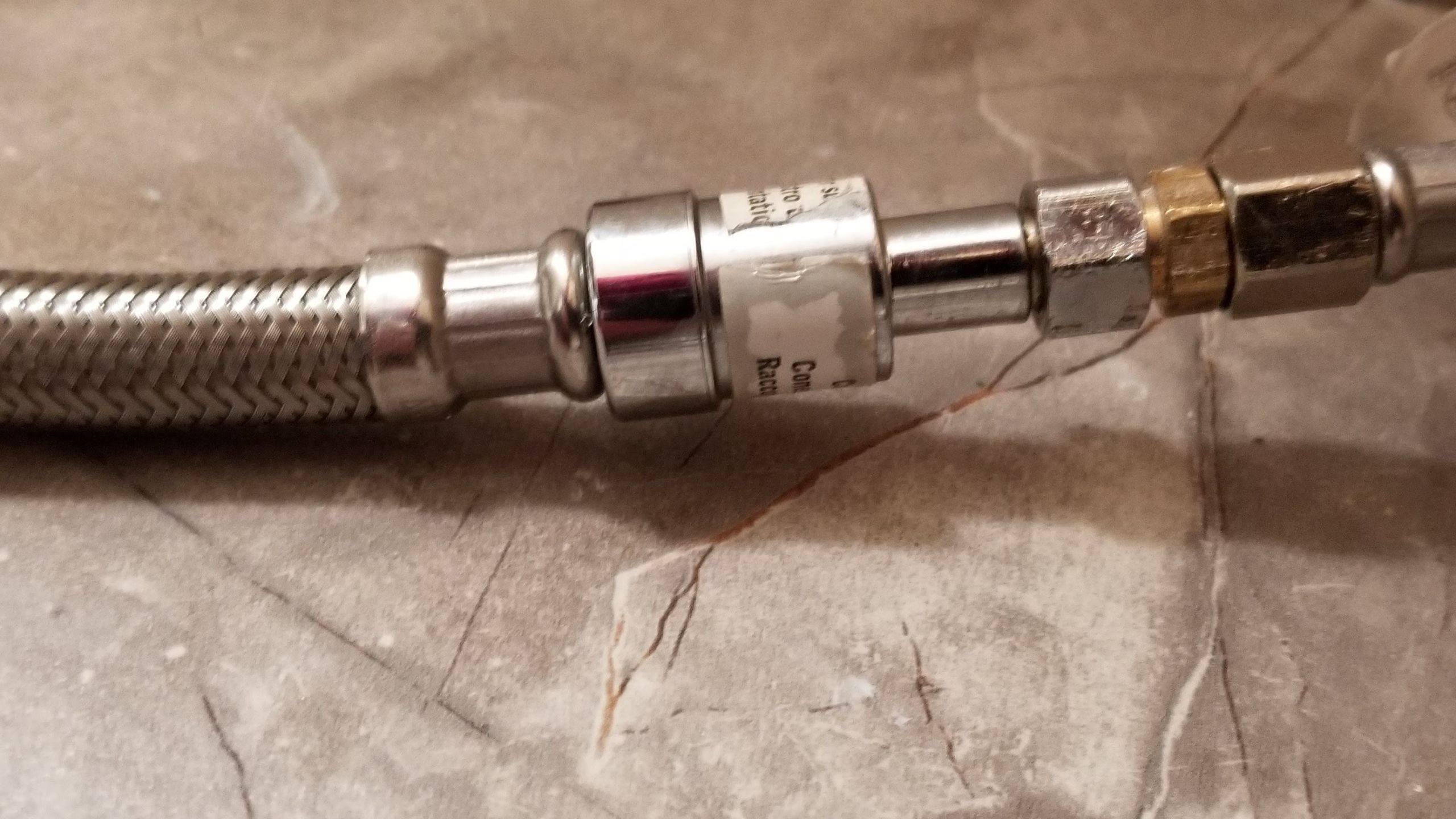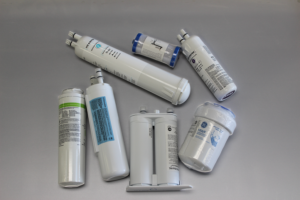Home air conditioner will not cool – outdoor unit (condenser) not running
It is a big deal when the air conditioning goes out on a hot summer day, but there is no need to wait for help to come to you. Many air conditioning malfunctions are not difficult to identify and repair. The following test procedure will help you identify if the problem with your outdoor unit is the fan motor, the capacitor, or the contactor.
Troubleshooting the “outdoor air conditioner unit not running” starts with some easy commonsense steps:
- Make certain the thermostat is set to cool and the indoor unit is running (blowing air out the room air vents).
- Listen to the outdoor unit for the sound of the compressor running.
- If you hear the compressor running go to “section A” below. Note, compressors can run quietly.
- If you cannot hear the compressor running go to “section B” below.
Scenario A:
You can hear the a/c compressor running and the fan motor is not turning. Because the compressor is running you know there is 220 volts power to the outdoor unit and you know the contactor is doing its job of delivering that 220 volts to the compressor and to the motor. The malfunction will be a bad capacitor and/or a bad motor. Capacitors can be tested with multi-meters that have the ability to read microfarads or you can take your capacitor (and your motor) to your nearest U-FIX-IT store for a free bench test. If the capacitor tests good then your motor is bad.
Caution – Capacitors can store an electric charge (like a battery). The shock hazard is non-lethal, but it is no fun. Check the 220-volt power is off and discharge the capacitor by shorting between capacitor terminals (with an insulated screwdriver) before removing the wires from the terminals.
Interesting facts
- A capacitor connected to both the compressor and the motor can fail on just the motor side or just the compressor side.
- Bad a/c fan motors can sometimes be started by “spinning” the fan blade with a stick – it is still a bad motor.
- A capacitor that is “swollen” (a convex shape) on the side under the terminals is a bad capacitor.
- A dual capacitor powers both the compressor (HERM terminal) and the fan motor (FAN terminal). The third terminal is the common (C terminal).
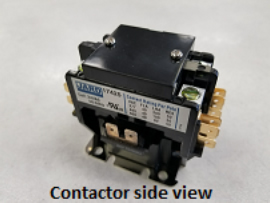
Scenario B:
You cannot hear the a/c compressor running and the fan motor is not turning. Your next troubleshooting step will be checking the 220-volt power because it is highly unlikely both the compressor and the fan motor would fail at the same time. Failure of the contactor (see picture) is the electro-mechanical device that most often produces this symptom. This symptom can also be produced by a bad capacitor. You can prove the contactor or the capacitor is the problem by using a multi-meter or you can take your contactor to your nearest U-FIX-IT store for a free bench test.
Testing the contactor on air conditioner outdoor unit
Using a multimeter, verify there are 220 volts going into the contactor, but zero volts coming out of the contactor (to the motor and compressor).
Check for 24 volts across the coil terminals.
The contactor is bad if multi-meter reads 220 volts going in, zero volts coming out, and 24 volts across the coil terminals.
Repair Tip: Before removing the wires from the contactor be certain power is turned off in two places. Electrical power should be turned off at the outdoor unit and the indoor furnace. The 24 volts controlling the contactor originates at the furnace. An accidental touching of the two wires together will burn up the transformer.
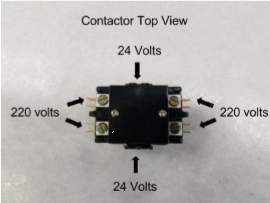
Testing the capacitor on the air conditioner outdoor unit
Visually inspect the capacitor for a bulging top below the terminals. It is likely the capacitor is bad if the terminal end is not flat.
A multimeter can be used to check for continuity between the terminals. A bad capacitor that is preventing both the motor and the compressor from starting will not have any continuity between the terminals. Note: a functioning capacitor will show a surge in the resistance and then return to zero (multimeter set to read resistance). Switch placement of the multimeter probes on the capacitor terminals and the “surge in resistance and return to zero will happen again. Some multimeter can read the microfarad rating of the capacitor. Replace the capacitor if it reads less than the rated mfd printed on the capacitor. Slightly higher is OK.
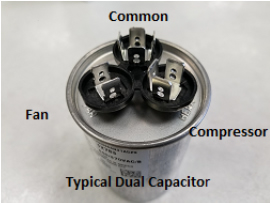
Part Request
Know the part you are looking for but can't find it? Let us find it and let you know when we do.

